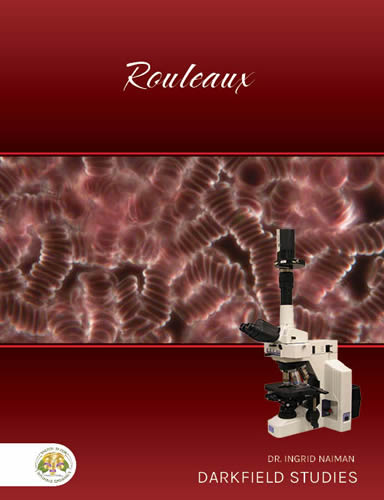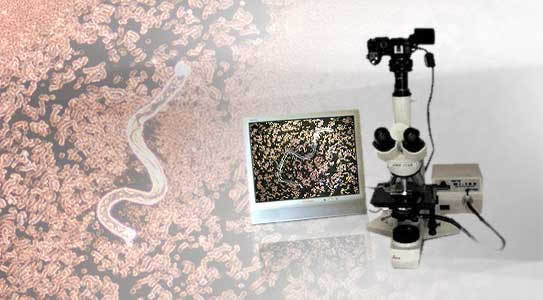Getting Started

The first step in getting started with darkfield microscopy is to make sure that the system one is acquiring is configured to one's needs. Once deciding on the model and camera, one needs a few basic supplies and usually some assistance in setting up the system and learning to use it. Mistakes can be costly so it pays to have some help with the assembly and proper use of the equipment.
Next, of course, comes the sampling and there are some tips for preparing the slides and coverslips as well as how to take the best sample possible. Then, the sample is placed on the microscope stage and explored. Depending on one's background, what one does and does not actually observe can differ. Being a medical doctor, hemotologist, pathologist, or microscopist does not necessarily prepare one for interpreting what is seen in darkfield.
The first step is to acquire a microscope so the Getting Started pdf will be sent when the student enrolls. This will be followed by private tutorials. The first real lesson will begin once the scope is in use.Rouleaux
 Rouleaux is often the first feature that students of darkfield microscopy identify. The word, rouleaux, comes from the French term for a stack of coins and is actually the technical term used by microscopists.
Rouleaux is often the first feature that students of darkfield microscopy identify. The word, rouleaux, comes from the French term for a stack of coins and is actually the technical term used by microscopists.
There are numerous different causes for rouleaux as well as varying symptoms and risks. In this lesson, the factors contributing to rouleaux as well as the corrections are covered in detail. The course includes downloadable material, case histories, dietary suggestions, and herbal remedies for different underlying causes.
Course Date: 15 November 2022, 10 am PST
